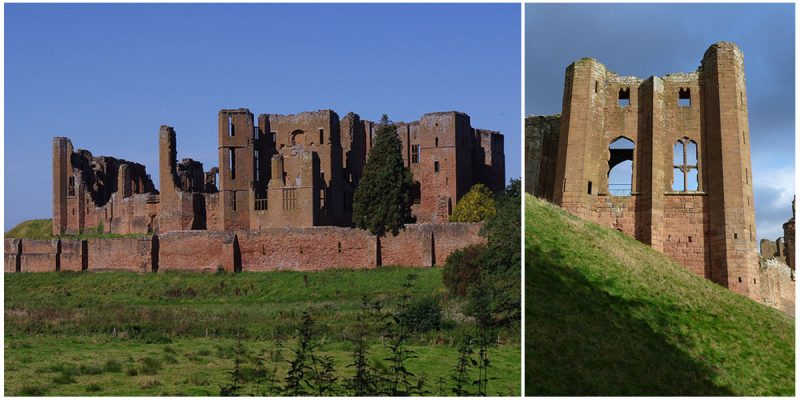Kenilworth Castle is located in Warwickshire, in the Midlands of England, and it is thought that the castle has stood there since Saxon times. The castle was initially constructed in the early 1100’s by a powerful Norman noble, but it was expanded and refitted many times over the years. The castle has been described by the architectural historian Anthony Emery as “the finest surviving example of a semi-royal palace of the later middle ages, significant for its scale, form and quality of workmanship”.
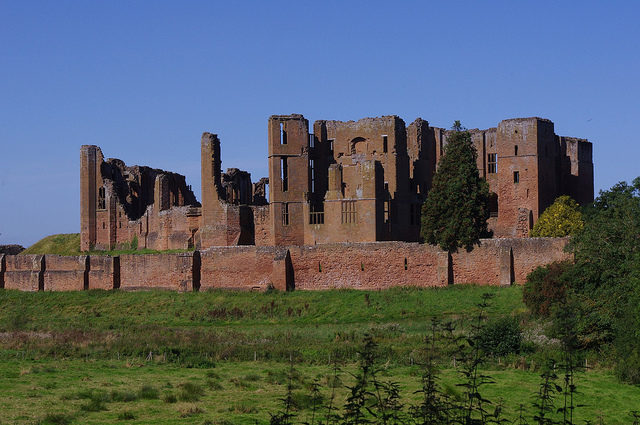
The castle was the subject of the longest siege, part of an English civil war fought from 1264 to 1267, by the forces of Simon de Montfort against the Royalist forces led by Edward I. The siege was one of few attacks on castles to take place during the war.
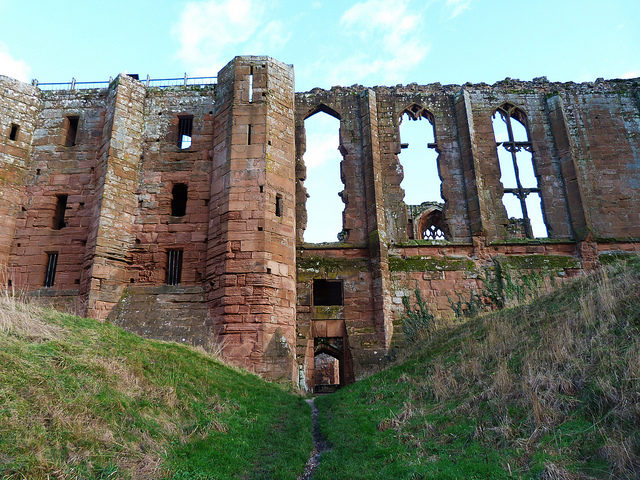
In 1298, Kenilworth became the primary castle of the Lancaster estates, replacing Bolingbroke, and acted as both a social and a financial center for Thomas, the Earl of Lancaster. In 1322, Lancaster was captured at the Battle of Boroughbridge and executed by Edward II. His estates, including Kenilworth, were confiscated by the crown. Four years later, Edward was captured and the custody of the king was assigned to Henry, Earl of Lancaster and later to his son Henry of Grosmont, the Duke of Lancaster.
In the 16th century, the castle was given to John Dudley. Kenilworth is best known as the home of Robert Dudley, John Dudley’s son, who was the great love of Queen Elizabeth I. He built the “Leicester building”, a four storey high tower on the south edge of the court, as a guest wing. Leicester’s building set the style for later Elizabeth country house design, with Hardwick Hall being a classical example. In 2014, modern viewing platforms were installed which provide views from Elizabeth I’s former bedroom.
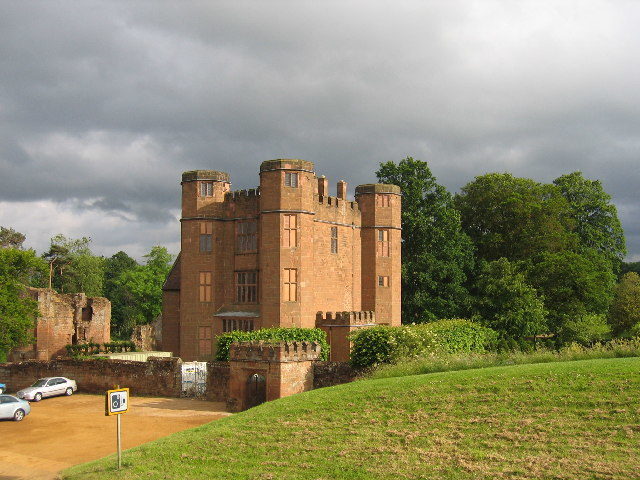
The right-hand court of the castle is occupied by the castle garden – the Elizabethan gardens. From the 16th century onwards there were elaborate knot gardens in the base court. The gardens today are designed similar to their original appearance in 1575, with a step-terrace along the south side of the gardens. The original garden was influenced by the Italian Renaissance garden at Villa d’Este.
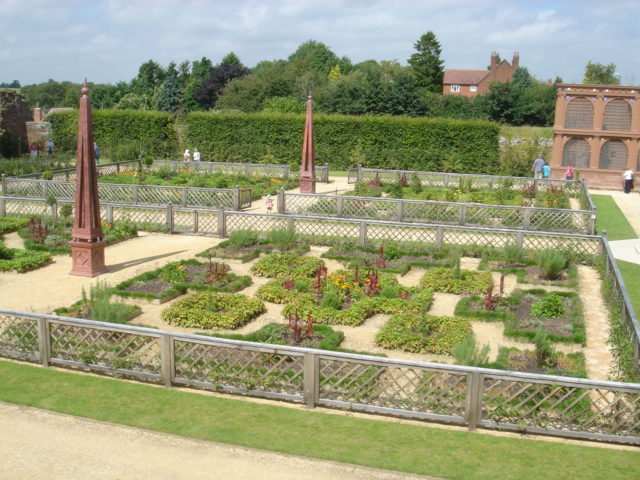
After the Battle of Edgehill in 1642, the castle was damaged and it fell into decay over the years. Now managed by English Heritage, it is one of the largest historic visitor attractions in the West Midlands in England. After the ruins had been stabilized, wooden staircases were built to allow safe access to higher levels of the castle.
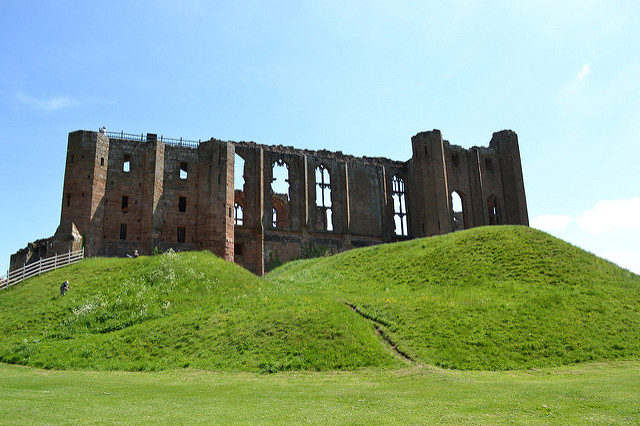
The last owner of the castle was Sir John Siddeley, the pioneer of the motor industry in the United Kingdom. In 1985, his son gave the castle to the town of Kenilworth and English Heritage, who managed the property since 1984.
https://www.youtube.com/watch?v=qPl7xeRlwpE
